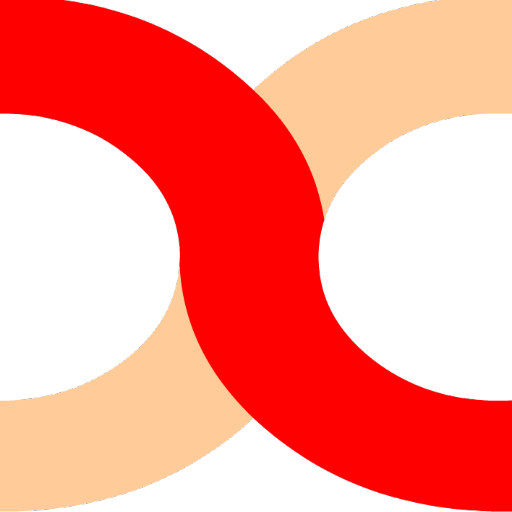call: RADIA – acousmatic art
Deadline: 10 October 2018
Call for entries
RADIA open call for acousmatic art
Deadline:
10 October 2018
Call:
RADIA, a project promoted by the Centro d’Arte degli Studenti dell’Università di Padova (Italy), in collaboration with SaMPL (http://www.sampl-lab.org/it/index.php/Pagina_principale) and Conservatorio Pollini, announces an open call addressed to sound artists and composers. The call is subdivided in two main categories: Eerie RADIA and Spaced-Out RADIA.The submission is free.
A review committee (to be revealed next September) will select the best submitted works to be performed for the last concert of the RADIA season, at the Conservatorio Pollini’s auditorium in Padova (Italy), next 14th December 2018.
The open call draws inspiration from the futurist manifesto from which the festival takes its name, “La Radiaâ€, by Marinetti and Masnata: after its publication in 1933, “La Radia†forecasted the many forms of sonic arts that would develop in the next decades, until now.
In this vein, the RADIA open call seeks for artistic contributions of exclusively fixed media/acousmatic nature. With this call, RADIA wants to explore some of the most peculiar features which make acousmatic art a unique and irreducible field of musical and artistic research.
CATEGORY A: SPACED-OUT RADIA
Spaced-Out RADIA focuses on the experimentation with spatialization techniques and, more generally, with the use of space as a compositional parameter in acousmatic music. For this reason this category asks for multi-channel fixed-media contributions to be played with the state-of-the-art eight channels surround sound system of the Auditorium Pollini in Padova.
We will exclusively accept multichannel pieces: from quadriphony up to 9.2 surround systems (8 channels + additional central channel + subwoofers).
CATEGORY B: EERIE RADIA
For this category, Radia asks for sound pieces which investigate the most magical, incantatory dimension of sound and sound mediation, the ability of sound to evoke, represent, narrate the imagination, the oneiric, the uncanny, the Other. This category is addressed to sonic art pieces of any form, such as radiophonic art, soundscapes, sonic documentaries, audio storytelling, field recordings and acousmatic music pieces.
In particular, Eerie RADIA is focused on those cases in which the nature of the sound event, when mediated by technology, is so ambiguous that it becomes impossible to objectively reconstruct its physical origin, the physical scenario of sound production. In such cases, the sense-making activity of our mind relies on the realm of the imagination, producing mental representations which are sometimes completely subjective and imaginative. Therefore, listening becomes an active and creative process, which can indeed produce ‘monsters’: new and weird fantasy landscapes, populated by mysterious and ever-changing entities, from which we can even be driven to build entire sonic narratives.
It is no coincidence that the early twentieth century’s spiritualists welcomed the noisy radio of that period as a means of listening to the voices of disembodied spirits. Similarly, no wonder the use of electronic music, as well as musique concrète sound processing techniques, as fundamental means to convey the supernatural, alien and unconscious dimension in much Sci-fi and horror movies and radio-plays.
We are looking for sound art pieces that explore sound recording, reproduction and production media for their possibility to be something more than mere technological means, but instead magical machines haunted by the imaginary.
“Poets have long used the word as incantation, evoking the visual image by magical acoustic stress. Preliterate man was conscious of this power of the auditory to make present the absent thing. Writing annulled this magic because it was a rival magical means of making present the absent sound. Radio restored it. In fact, in evoking the visual image, radio is sometimes more effective than sight itself. […] Because the visual image that sound evokes comes from the imagination.â€
Marshall McLuhan, Acoustic Space
HOW TO PARTICIPATE
Please send an e-mail to radia@centrodarte.it, in the subject field write RADIA_Surname_Title_Category.
The e-mail must contain, as attachments:
– short bio of the author(s) (max 300 words)
– description of the submitted work (max 600 words)
– technical specification of the submitted work
– link for online streaming of the submitted work (soundcloud, vimeo, youtube etc) or download link (mp3 file, with download password if needed)
– for works submitted for category A – Spaced-Out Radia (or potential multichannel pieces for category B – Eerie Radia) please upload a stereo reduction of the work.
N.B. The submitted works should not exceed a duration of 12 minutes.
TECHNICAL DETAILS
see https://www.centrodarte.it/news/radia-2018-open-call/ for the audio system’s setup
REVIEW COMMITTEE
The review committee will be announced in September.
IMPORTANT DATES
04 August 2018: RADIA Open Call opening
10 October 2018: deadline for submissions
14 November 2018: communication of results
14 December 2018: final concert with the selected works
URL:
https://www.centrodarte.it/news/radia-2018-open-call/

